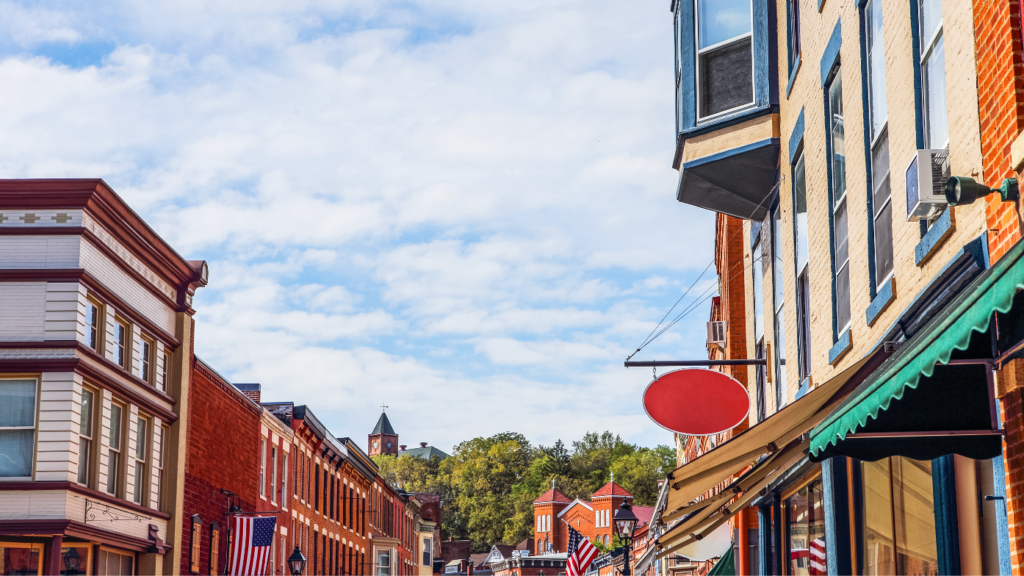As we enter the year’s final quarter, the U.S. retail market continues to demonstrate impressive resilience, with vacancy rates holding steady and fueling confidence in the sector’s performance. Competition for available space is heating up, driven by limited tenant consolidation, fewer moveouts, and a constrained supply pipeline. Retailers are eager to grow, but leasing activity has slowed, with space at a premium, and rents continuing to climb.
Steady Vacancy Rates Amid a Tightening Retail Market
The national retail vacancy rate remained steady at 4.1% for the third consecutive quarter, underscoring the sector’s resilience. Currently, only 4.7% of retail space is available for lease across the U.S., a reduction of over 5 million square feet year-over-year and nearly 26% below the peak availability during the pandemic. Availabilities have been contracting across almost every retail subtype over the past year, with only the freestanding segment seeing availability rise. Due to the anticipated closure of thousands of pharmacies and Family Dollar locations across the country, the freestanding segment will likely see additional upward pressure on availabilities over the coming quarters. Fortunately, the freestanding segment has the tightest availability of any retail subtype at just 3.2%.
Increasing Demand and Slowing Leasing Activity
In response to the tightening market, many national retailers are pushing forward with significant expansion plans, intensifying competition for prime retail locations. Some landlords report leasing discussions as early as three years before spaces become vacant, with available shopping center spaces quickly securing new tenants. The average time from when a space becomes available to securing a tenant has declined to just 8.5 months, the quickest pace recorded in over two decades. Despite the strong demand, the retail sector experienced 4.4 million square feet of net absorption in the third quarter, and the limited space availability has slowed leasing activity. Leasing volume dropped by 4% from the second quarter, with 41.3 million square feet leased in the third quarter of 2024.
Limited Construction and Rising Rents
Retail construction remains historically low, with just 46.8 million square feet under development and only 5.4 million square feet delivered in the third quarter. Rising costs and financing challenges continue to limit new development, with most projects focused on build-to-suit, grocery-anchored centers, and retail spaces within mixed-use developments. As a result, less than 25% of the space delivered in the past year is still available. Meanwhile, retail rents continue to rise, reaching an average of $34.44 per square foot in the third quarter, up 0.9% from the previous quarter. During the same period, mall rents increased by 1.1%, while shopping center rents rose by 0.8%. However, with rent spreads at multi-decade highs, the outlook for retail space remains promising as we close out 2024. Download the U.S. Retail Market Statistics infographic here: 3Q24 Retail Stats

 Nicole Larson
Nicole Larson


 Anjee Solanki
Anjee Solanki